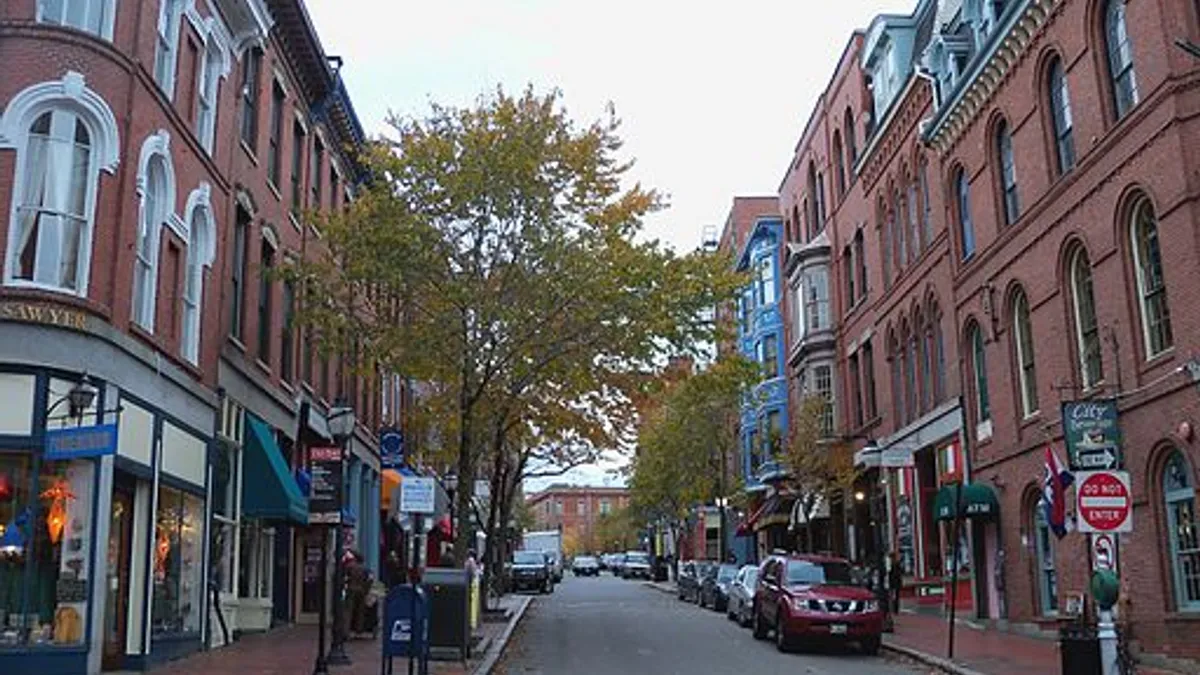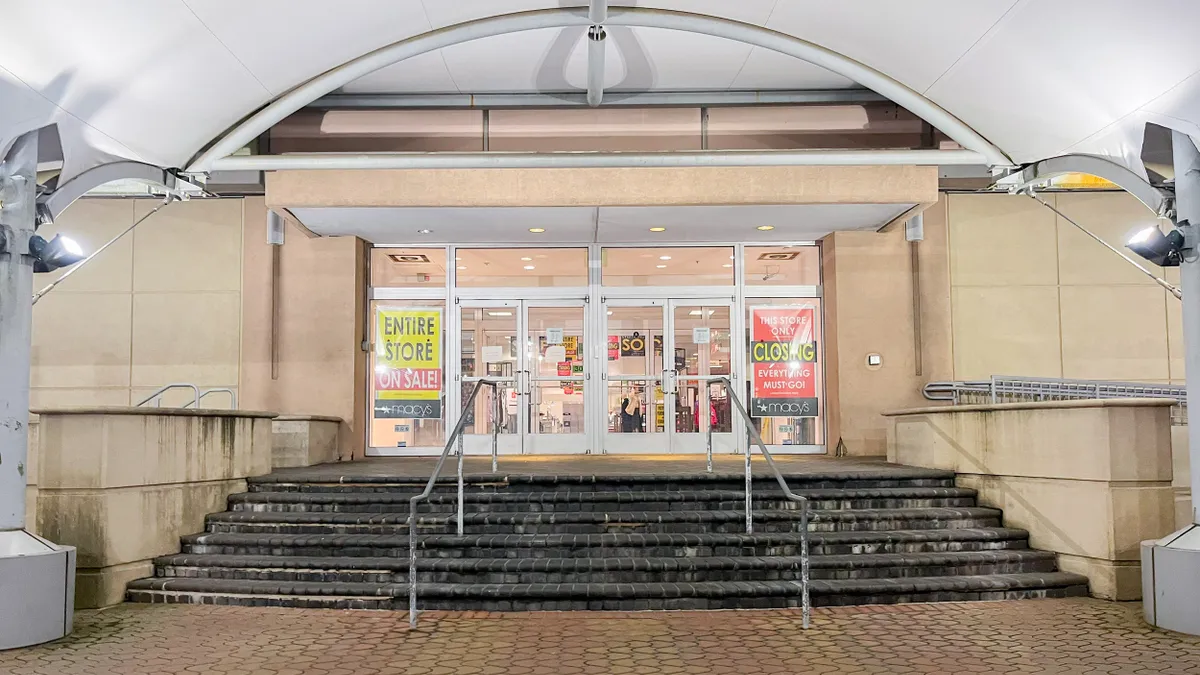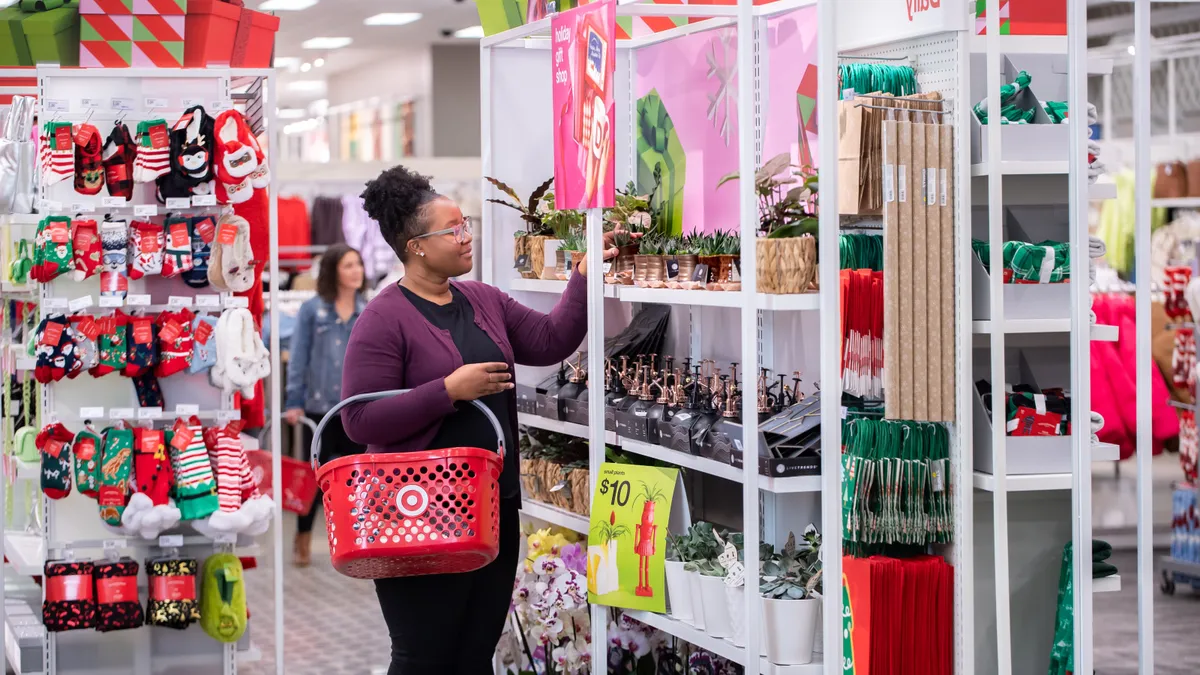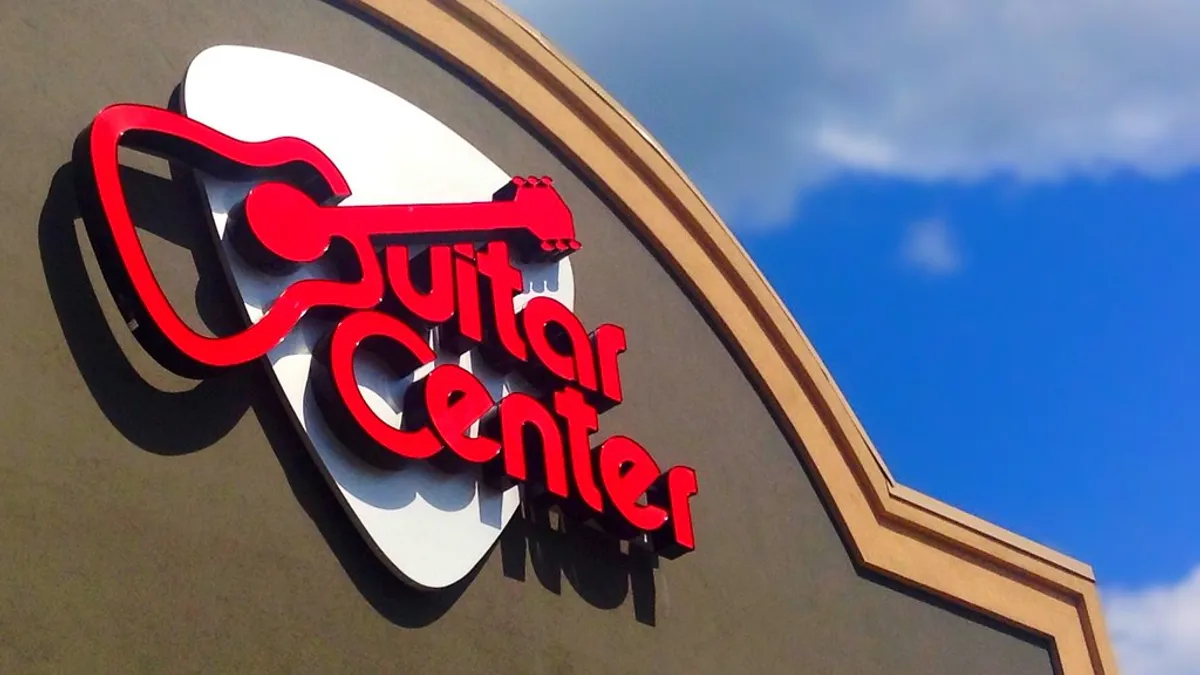Jersey City, NJ’s planning board earlier this month overwhelmingly approved a measure to limit chain stores in an effort to preserve the town’s downtown character.
"Mom-and-pop-type retailers protect that and foster that [character] and encourage that," Mayor Steve Fulop said.
The move, which now goes to the City Council for approval, would limit chain stores from setting up shop in ground-level spaces in certain locations downtown. The limits affect retailers and restaurants with "multiple locations within the region that exhibit standardized characteristics such as logos, menus, store decor,” among others. Such chains could occupy a maximum of 30% percent of ground-floor commercial space downtown.
The measure isn’t all encompassing — areas on the waterfront are exempt and chain grocery stores aren’t included. But Fulop says he’d like to see the restrictions go wider. Businesses, not surprisingly, objected, saying it was government overreach and bad for the city.
"We totally are obviously supportive of a vibrant, independent retail sector in the city, but to artificially try to control market forces is troubling," said John Holub, president of the New Jersey Retail Merchant Association.
Here, Retail Dive takes a look at some of the reasoning behind these restrictions, which aren't really new, and how retailers both big and small can actually work within them.
The case against 'sameness'
Jersey City's measure isn’t revolutionary. Rather, it's just one example of one approach of how one town has moved to protect its streetscape identity. As many downtown cities enjoy renewed prosperity in recent decades, they've made many moves, like tax credits and various limitations against chains, that planners see as preserving unique characteristics and smaller home-grown businesses.
“Chain store proliferation has weakened local economies, eroded community character, and impoverished civic and cultural life. Moreover, consolidation has reduced competition and may harm consumers over the long-term,” Institute for Local Self-Reliance co-director Stacy Mitchell said in a 2000 speech. “Contrary to conventional wisdom, the decline of independent businesses is not inevitable, nor is it simply the result of free market forces. Rather, public policy has played a major role, particularly through tax incentives and other development subsidies that give national chains a significant advantage. Meanwhile, a growing number of communities are taking a different approach. They are adopting land use rules that deter chain stores and actively encourage local ownership.”
San Francisco is the largest city in the country so far to institute such rules. The city defines a chain as businesses with at least eleven stores nationwide and standardized logos, designs, and merchandise, what proponents of these rules often deride as “sameness.”
The rules have given the city’s neighborhoods an opportunity to hold on to their distinctiveness. It’s not that chains can’t have their eleventh store in San Francisco, but companies do have to go through a public process to argue the benefits their stores would bring to the area.
Even New York City has recently become more wary as smaller retail businesses are increasingly closing as rents skyrocket, with larger chains replacing them. That's led some city leaders to propose ways of keeping rents stable for mom-and-pop shops.
"To me, the streetscape of New York City is what sells New York City. To make a city of chain stores would not be inviting for residents or visitors," Manhattan borough president Gale Brewer told CBNC. "Yes, they go to Times Square, but then they get so excited when they go to Little Italy or Chinatown .... that's what makes New York."
It's that sense of place that cities and towns want to protect, including many smaller towns from coast to coast as well, like Springdale, UT; Bainbridge Island, WA; Bristol, RI; Cannon Beach, OR; Ogunquit and York, ME; and Sister Bay, WI, among others. The rules are different in their details, but all aim to preserve a sense of local charm and protect local businesses, often with strong local support.
The case for the free market
Not all cities opt to limit chains. City planners in Los Angeles a few years ago voted against a proposal to ban retail stores larger than 20,000 square feet in the city’s Chinatown. The ban was written to apply to big chains but was widely seen as aimed at Wal-Mart Stores Inc.
The measure was opposed by then-Mayor Antonio Villaraigosa and planners said it was unnecessary and in conflict with city policy.
“There were claims that Wal-Mart would hurt retailers, and now here’s their own planning department saying that threat doesn’t exist,” government consultant Larry Kosmont said at the time. “At some point, Los Angeles has to let the free market deploy to bring jobs and money into the community.”
Then again, unlike New York City or San Francisco, Los Angeles is not known for its historic, quaint, or quirky neighborhoody charms.
How retailers are affected
The idea of banning chain stores is often appealing or appalling in concept, depending on your perspective. At a time when even the country’s largest retailers, Wal-Mart Stores Inc. and Target Corp., are expanding their number of small, urban stores, it could be important for any major company to be aware of local sentiment when considering moving into town.
But that doesn’t just mean avoiding certain towns or lobbying against rules. As in San Francisco, many towns have a public process that would indeed allow a national chain to get a lease, even when such rules are in place. It could mean having a local storefront with a lower profile or one that fits in with the character of a neighborhood. A chain used to having wide set-backs and parking lots for its stores may have to think instead in terms of city patterns and foot traffic.
The ideal town feel
In the end, it’s a rare community that strictly bans all chains from its downtown, no matter how historic or quaint. Even cities and towns that put a premium on their sense of place benefit from having a mix of local and national retail establishments that reflect a healthy economy and give residents and visitors a variety of reasons to hang out.
“Ideally, a community should have a healthy mix of independently-owned local, quality businesses, as well as some revenue-generating chains,” writes Rosabella Alvarez-Calderon, an expert in the “negotiated urban landscape.” “Ultimately, though, it all boils down to a simple question: how does a community define economic and social 'success?'”






















